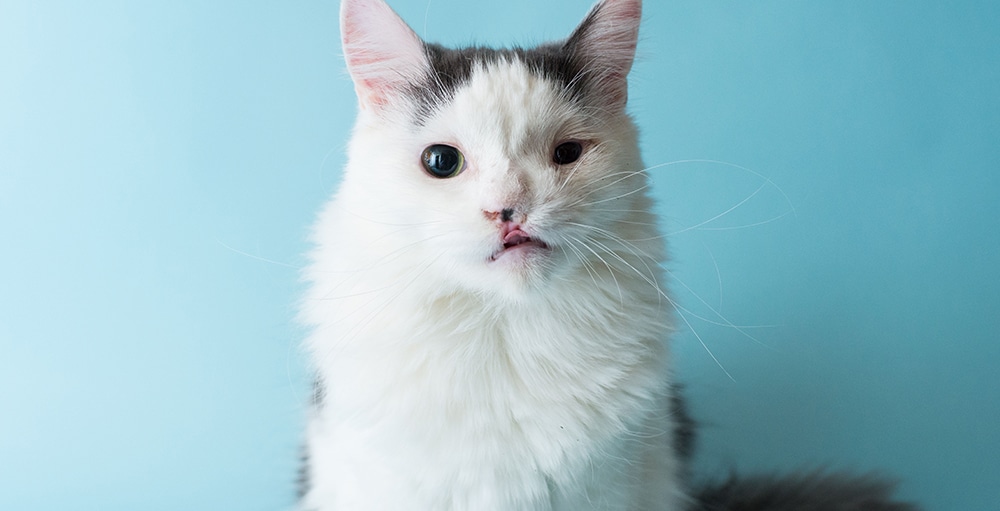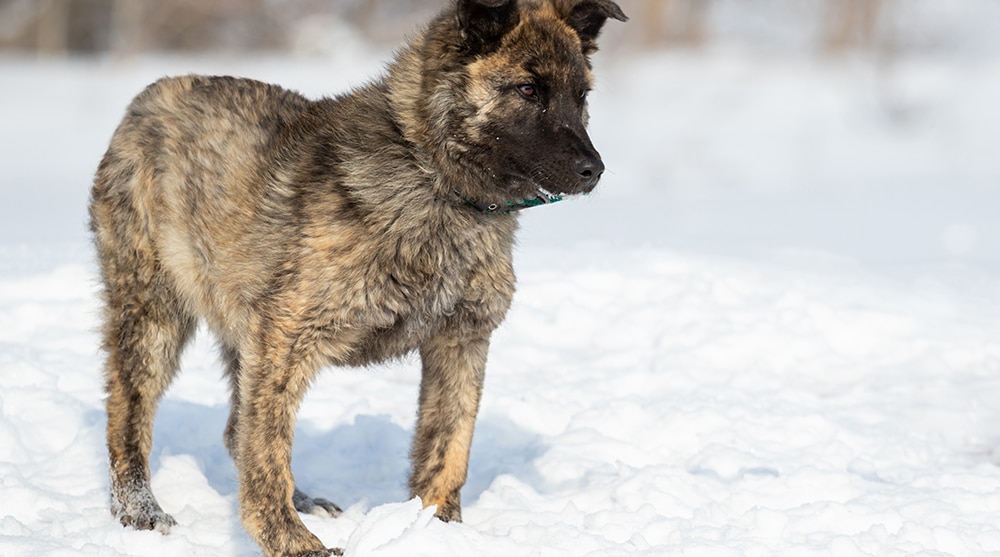September 13th is Pet Birth Defect Awareness Day. The observance day was established in 2014 by Davis Rogers. The goal is to bring awareness of pet birth defects caused often by inbreeding or over-breeding situations and to encourage responsible pet owners to accommodate animals that need a bit of extra help. With awareness and the right treatments, pets born with defects can live normal lives.
This blog discusses the causes of pet birth defects, the most common pet birth defects and the treatments for the common pet birth defects.
Causes of Pet Birth Defects
The causes of pet birth defects can range from a variety of reasons. Though none can directly pinpoint the exact reason an animal is born with a certain defect. The two main causes that are generally considered to have the biggest impact are genetics and maternal factors.
Certain dogs and cats have medical and health conditions that are common in their breeds or with their specific lineage. Often, these genetic abnormalities are not able to be avoided. Maternal factors also play a role in pet birth defects. Environmental factors such as nutritional deficiencies of the mother, toxins and viruses play an important role in how the puppy or kitten forms in the womb.
Common Types of Pet Birth Defects
Cleft Palates
This genetic abnormality has a 25% incidence among pets. A cleft palate is the hard and soft palates at the roof of the mouth not properly closing during the puppy or kitten’s development in the womb. This opening can range from small to large. It causes difficulty for the pet in eating and nursing which can result in poor growth. The animal may also develop a facial deformity such as a cleft lip. Dog breeds that are genetically prone to cleft palates are Shih-tzus, cocker spaniels, beagles, miniature schnauzers, Great Pyrenees, Brittany spaniels and dachshunds.
.

Umbilical hernia
Normally, the area where the umbilical cord connects the puppy or kitten to their mother dries up and falls off after birth, leaving a completely healed little belly button. When this spot does not heal properly, an opening is left that allows the abdominal lining, fat or organs to push through that space. This creates a bulge in the location of the belly button. There is no concern for this genetic abnormality when it is small. Many veterinarians compare it to a protruding belly button. When the umbilical hernia is large risks arise. With a bigger opening a section of an intestine can drop through and may not return to the inside of the body. This creates a pinched intestine that can cause a build up of toxins as it prevents food and waste from being able to move.
Limb Deformities
Limb deformities include being born without feet (apodia), without certain bones in the limbs, born with split toes, missing toes or toes fused together. An animal’s hind legs are more susceptible to this genetic abnormality. Limb deformities are noticeable right away when the puppy or kitten are born.

Congenital Heart Murmurs
A heart murmur is the sound of the heartbeat making extra noises like whooshing or swishing. This is the result of a structural heart defect. The genetic abnormality is noticeable after birth and has the potential to lead to congestive heart failure. A pet’s heart murmur can be mild with the sounds barely being heard or it can be severe with the sounds being very loud. Breeds that are more prone to hear murmurs are poodles, chihuahuas, dachshunds, Cavalier King Charles spaniels and cocker spaniels.

Portosystemic Shunts or Liver Shunts
This genetic abnormality is created by a shunt that does not allow the toxins, proteins or nutrients to go through the liver. The shunt is caused by an unusual connection between the paths of the flow of blood in the body, in particular the portal vascular system and the portal vascular system. This prevents the liver from growing to its intended size and causes failure of normal liver functions. Some breeds that are susceptible to portosystemic shunts are Golden Retrievers, Labrador Retrievers, Australian Cattle dogs, malteses and Yorkshire terriers.
Treatments of Common Pet Birth Defects
In minor cases, no treatment is generally needed. Some genetic abnormalities such as a mild heart murmur or a missing toe are not life threatening and the pet easily adjusts. In severe cases, surgery is often seen as the best option depending on the animal’s overall health.
Surgery for Pet Birth Defects
To correct a cleft palate requires multiple surgeries. The procedure takes healthy, existing tissue and uses it to fill up the space between the separate palates.
A bulging umbilical hernias goes through an operation that pushes the intestines, tissues or fat back into the body. If an intestine was pinched, surgery is required to fix the damage. Often this procedure is done when the pet is four or five months old and is ready to be spayed or neutered. The animal is under anesthesia only one time and the vet can conveniently do both surgeries in one session.
For limb deformities the option of surgery depends on the type of deformity. In cases of a rotational limb or angular limb, surgery is encouraged to realign the leg. In other circumstances, as long as the animal is not in pain, surgery is seen as more of a cosmetic operation and is not required.
Portosystemic shunts or liver shunts require the pet to be medically stable before surgery can be done. Vets encourage owners to give their cat or dog a low protein diet, antibiotics and lactulose. The goal of these three is to decrease the bacteria in the intestines and minimize the toxins. Surgery closes the identified shunt vessel.
Quality of Life for Pets with Birth Defects
Pets born with birth defects can still live happy and long lives. Majority of pet birth defects can be detected right after birth. Bring a new puppy or kitten immediately to their first vet appointment to have an overall health check to catch any genetic abnormalities and to get advice on treatment.




